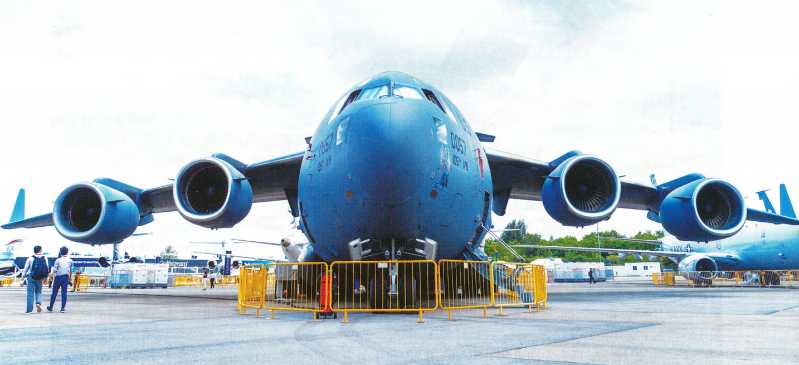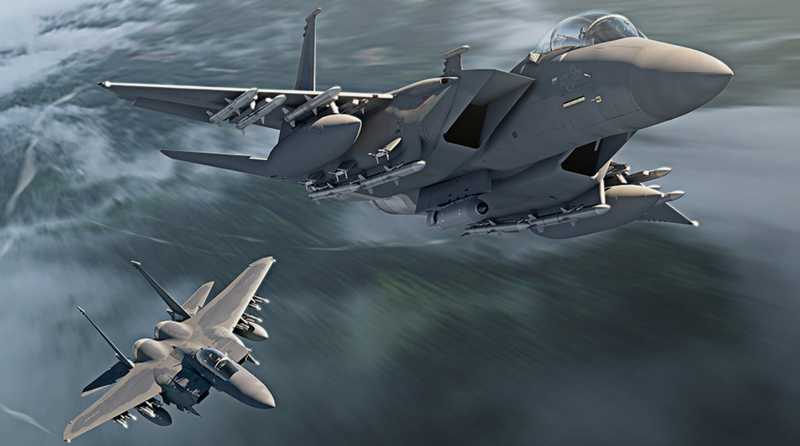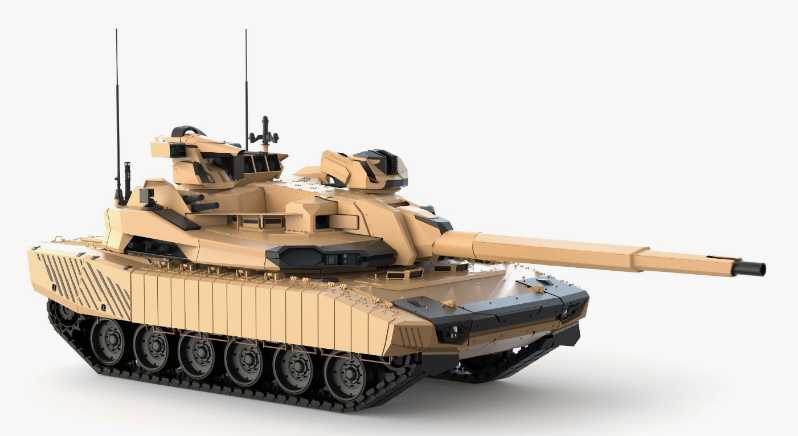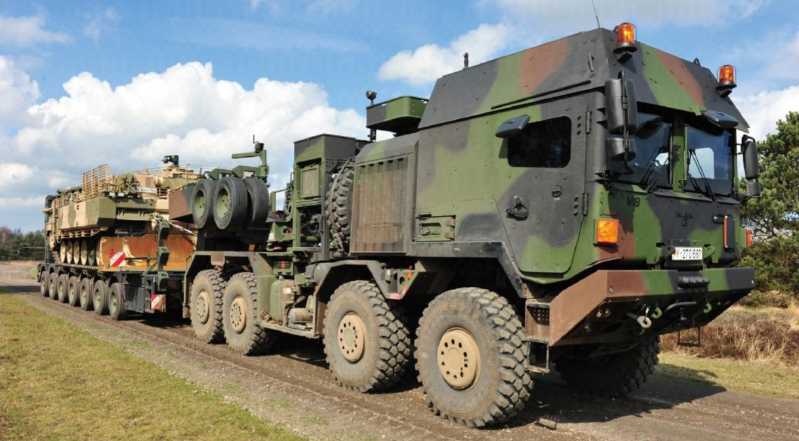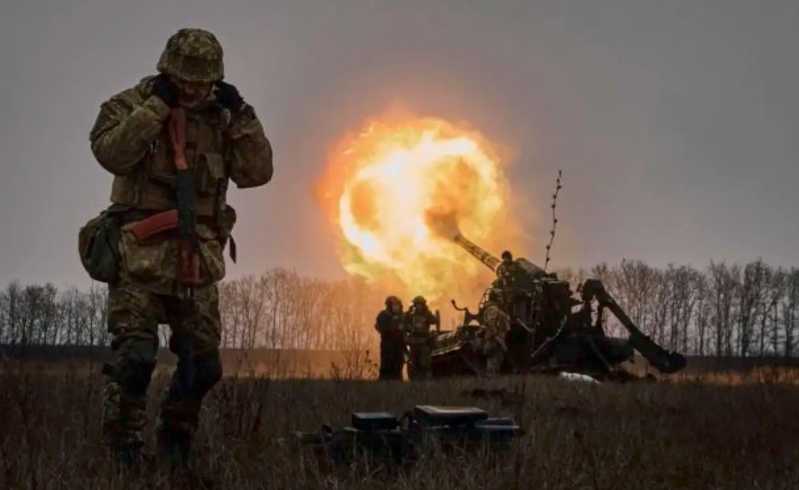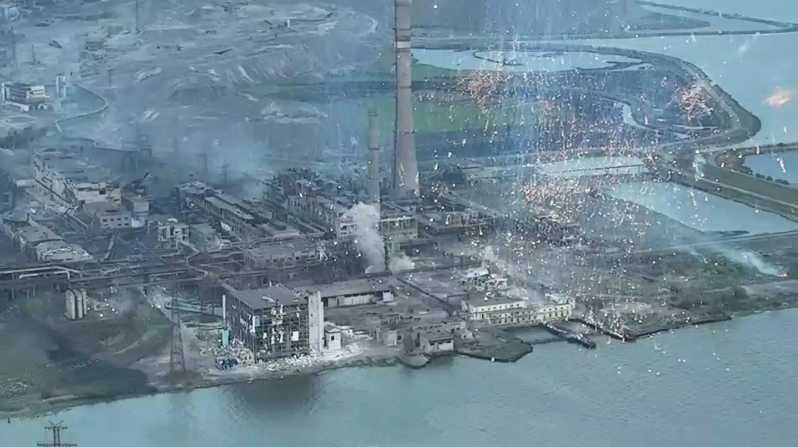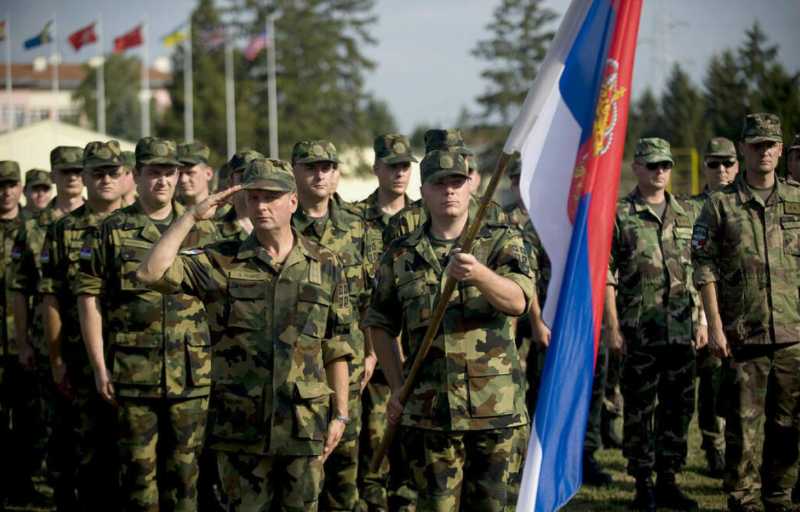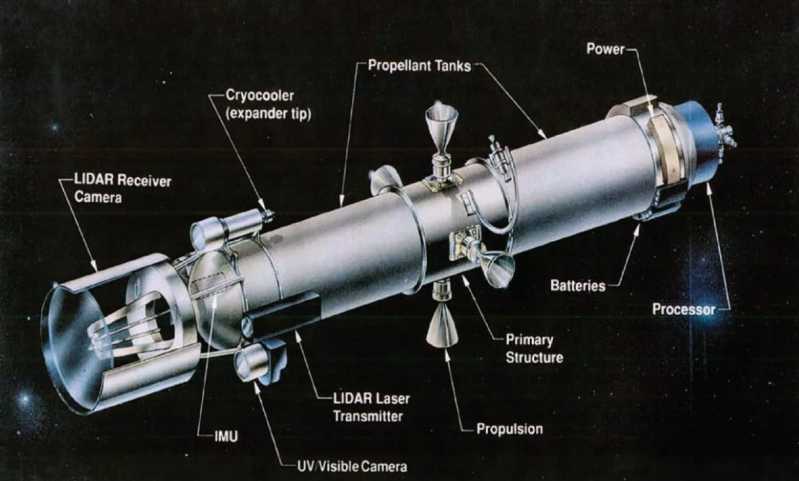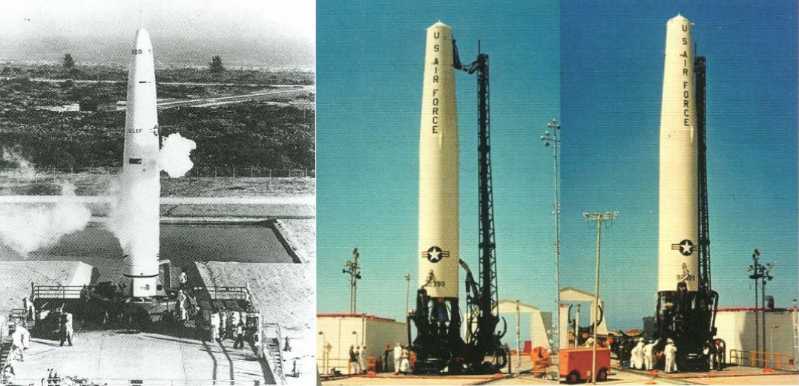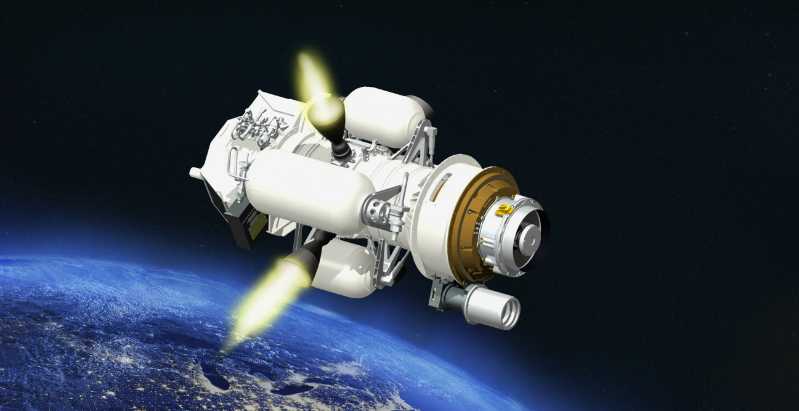As a strategic and tactical transport aircraft larger than the Il-76 and Y-20, the C-17 plays an important role in the global deployment of the US military and is also an important tool for the US military to demonstrate its military power. It often appears at major air shows around the world. At the Singapore Air Show, the C-17 was present as usual, but unlike usual, it was not open to visitors to visit the aircraft. As for the reason for not opening it, it was not like the German Air Force, but because there was a special cargo in the cargo hold.
Overview and external appearance
C-17 is a four-engine large strategic transport aircraft developed by the American McDonnell Douglas Company (now Boeing) in the 1980s. The first prototype was manufactured on November 2, 1987, and the first flight was on September 15, 1991. The production C-17 began to be delivered in 1992. In addition to the US military equipped with about 200 aircraft, it was also exported to more than 10 countries including Canada, Australia, the United Kingdom, India, and the United Arab Emirates.
The C-17 transport aircraft on display was parked in the southwest of the static exhibition area, parked side by side with the P-8A anti-submarine aircraft and the KC-135 tanker, and tail to tail with the C919 passenger aircraft. From the number 80057 on the vertical tail, it can be seen that the aircraft belongs to the 105th Airlift Wing of the New York State Air National Guard (ANG), stationed at the Stewart Air National Guard Base. Later, I chatted with the pilots and learned that they flew directly from the United States. The C-17 transport aircraft has a full load range of more than 4,600 kilometers, and the range after aerial refueling is as high as tens of thousands of kilometers, so it is not surprising that they flew from so far to participate in the air show. The author circled around this large aircraft with a length of 53 meters and a wingspan of 57 meters. The height from the top of the huge industrial vertical tail of the aircraft to the ground is 17 meters. It is much more shocking to look at it closer than to look at the photos on the computer. It is completely a behemoth. The wings of the C-17 transport aircraft adopt a high-wing structure with an area of 353.03 square meters and an aspect ratio of 7.165. It also adopts a supercritical airfoil and external blown flaps, which greatly improves the lift coefficient and greatly reduces the aircraft’s approach and landing speed. The winglets commonly seen on civil aircraft are also installed at both ends of the wing, which can not only help improve the aircraft’s cruise performance, but also reduce fuel consumption by about 2% and drag by about 3%.
Two powerful F117-PW-100 high bypass ratio engines are placed under the wings on both sides of the fuselage. These four engines can enable the C-17 to have a maximum flight speed of 830 kilometers per hour, can fly to an altitude of 13,000 meters, and has a maximum take-off weight of 285.75 tons and a maximum load of 150 tons. Excluding fuel, its load can reach more than 70 tons, and it can directly carry the M1A2 "Abrams" main battle tank without removing the additional armor.

The four engines on the C-17 transport plane are all equipped with reverse thrust devices. When in use, the rear half of the engine cover slides back, revealing the middle air outlet. Only the upper half of this air outlet is open, and the lower half is closed. In this way, when the pilot turns on the reverse thrust, the engine exhaust will be directed 45 degrees to the front and top, and will not blow down to the ground. The advantage is that it will not blow up sand and dust on the ground, meeting the operational needs of simple outdoor airports, and will not affect unloading or some ground work. In addition to being used to slow down and shorten the landing distance during landing, the C-17’s reverse thrust device can also be used for "reversing", allowing it to be pushed out by itself without the help of a trailer, reducing the need for support. Moreover, "reversing" is also a performance skill of the C-17, and it is often performed live in some flight demonstrations. However, the aircraft did not perform a flight show at the Singapore Air Show this time, so the audience on site had no chance to appreciate this unique skill of the aircraft.
Looking back from the nose, the fuselage of the C-17 is not a standard round shape, but a horizontal oval. This design can not only increase the width of the cargo hold, but also reduce the height of the fuselage from the ground. The height of the cargo hold floor of the aircraft is only 1.6 meters from the ground, which is the lowest height of the cargo hold floor from the ground among all large transport aircraft. The benefit is that it is more conducive to the loading and unloading of large-sized goods, especially large "non-self-propelled" large goods such as containers and large mechanical equipment.
The rear cargo hold door of the C-17 is divided into two doors. The front door can be used as a cargo bridge after being lowered, and the rear door is hydraulically operated to be retracted upward. There is a 1.09x2.03-meter parachute door on each side of the tail of the fuselage that opens inward and upward. A high-speed airflow baffle and a parachute platform are set outside the door to ensure that the paratroopers are safe and stable when leaving the cabin. Two emergency exits for forced landing on the top of the tail of the fuselage and on the back of the fuselage in front of the wing are also set. The front door on the left side of the nose is a flip-down door similar to that of a business jet. When opened, it is a boarding ladder for crew members to get on and off the plane.
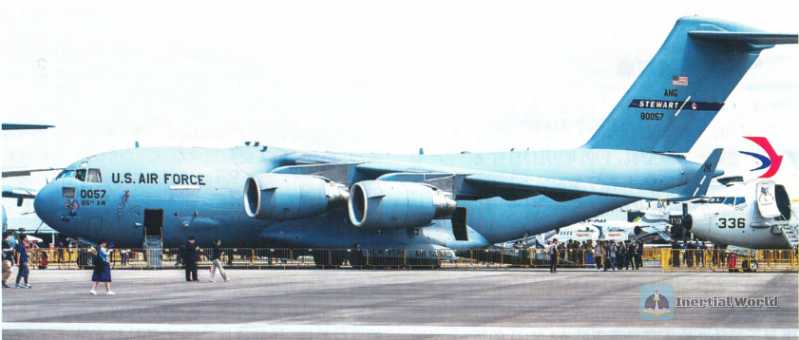

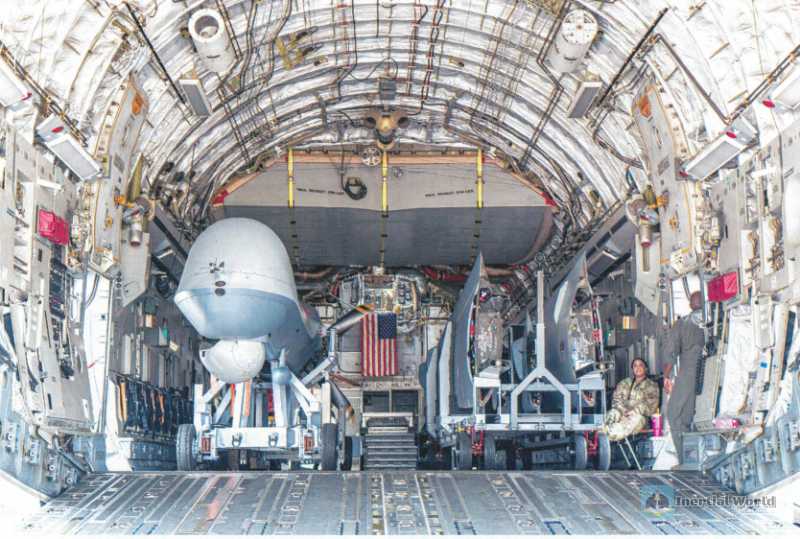
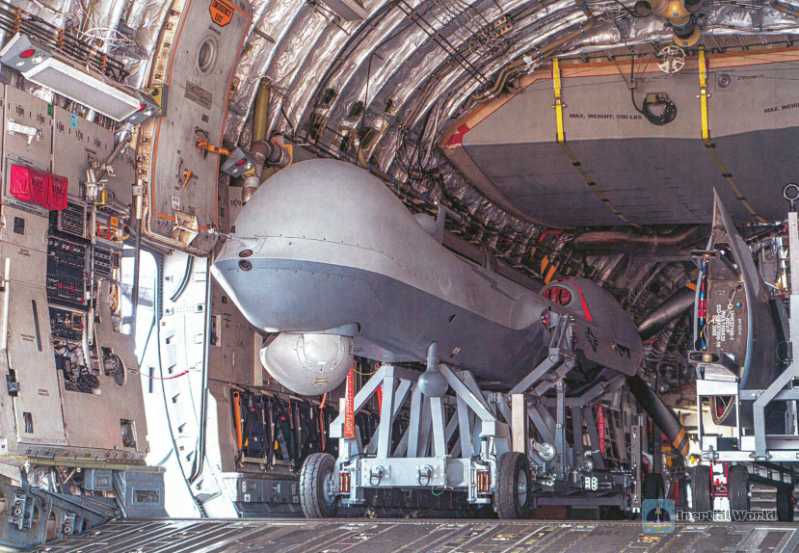
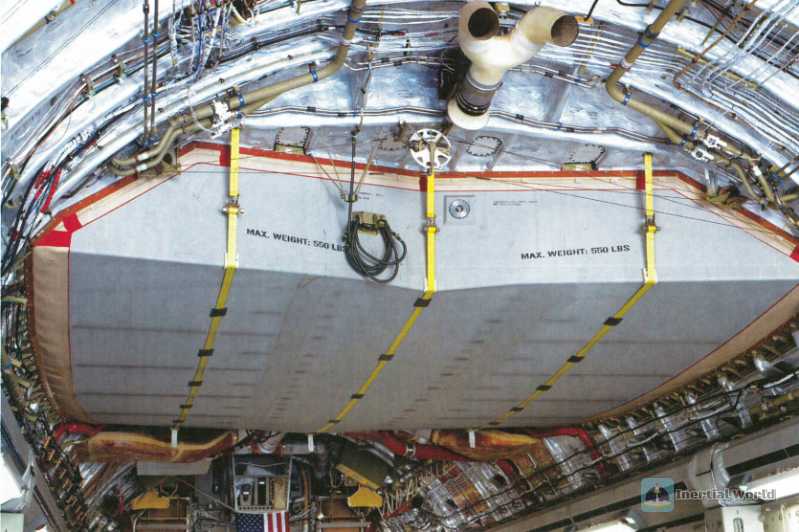
Carrying drone
Although the C-17 transport aircraft is not open to visitors this time and everyone cannot enter the aircraft, the tail door is open and everyone can walk to the door to take a look.
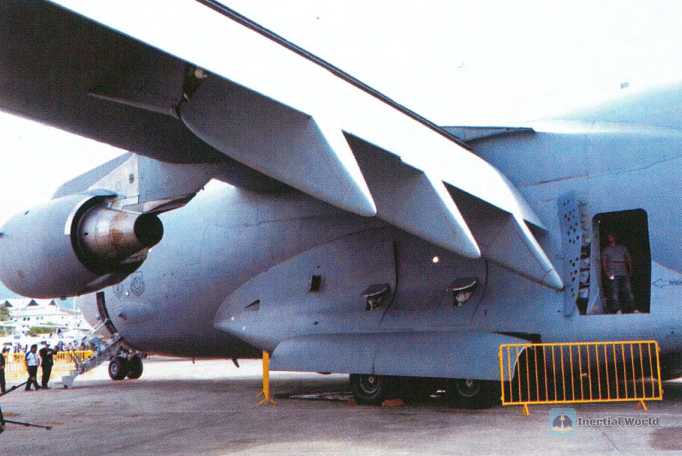
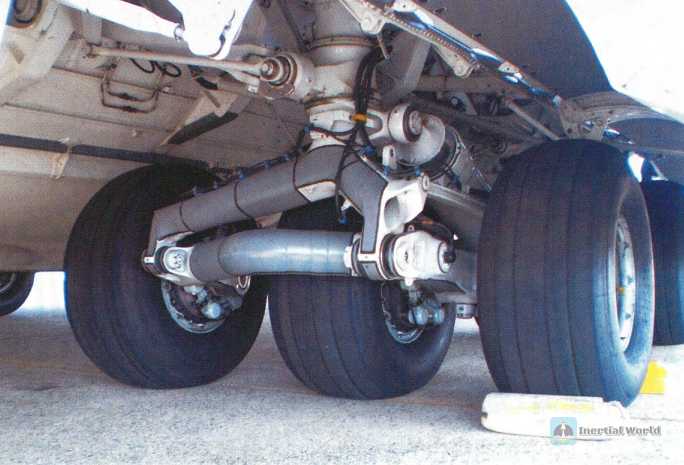

Walking to the tail of the aircraft, you can see the huge tail hatch of the aircraft, the tail hatch springboard is lowered, and you can also see an MQ-9 "Reaper" reconnaissance and strike drone loaded in the cargo hold. Of course, this drone is disassembled, the wings, tail and main body are disassembled, and loaded on mobile frames separately to save volume and facilitate loading into the aircraft cargo hold.
The cargo hold of the C-17 transport aircraft is very large, more than 20 meters long. With the length of the cargo bridge, the length of the entire cargo hold can reach 27 meters. The cargo hold can be loaded with a width of 5.5 meters and a height of 4 meters. It can simultaneously load two AH-64 or two 0H-58 helicopters, or load 18 small cargo pallets side by side (14 on the cargo hold floor and 4 on the rear hatch). Various air transport vehicles can be driven into the cargo hold by themselves. When transporting personnel, in addition to the foldable seats installed on both sides of the cabin, 5 rows of seats can be installed in the cabin while retaining sufficient passage space. When transporting paratroopers, only two rows of seats are arranged on the center line of the cabin.
Although the MQ-9 reconnaissance and strike drone is not heavy, less than 5 tons, even with the matching ground station equipment and data link antenna, the total weight will not exceed 15 tons. However, it is large in size. The fuselage length of different models is about 10 to 12 meters, and the wingspan is longer, reaching 20 to 24 meters. Some new models are equipped with winglets to increase the lift-to-drag ratio and further reduce induced drag, making the wings longer. Therefore, even in the disassembled state, a C-17 transport aircraft can only carry one MQ-9 drone.
The reason why the Air Force did not allow the audience to enter the aircraft for a visit, nor did it assemble the MQ-9 drone for public display, but only displayed the MQ-9 drone model outside the C-17A cargo hold. The former should be because the cargo hold was crowded with this drone, and there was no traffic channel. Whether it was the audience or the drone, it would be difficult to deal with it. Therefore, the audience was directly prohibited from entering the cargo hold. The reason for not displaying the MQ-9 real machine is probably that the news that an MQ-9 drone was shot down by the Yemeni Houthi armed forces some time ago was still hyped on the Internet, so in order to avoid embarrassment, it was simply not displayed to the public this time.
Related reading
- 国产大飞机海外首秀:中国商飞C919和ARJ21飞行展示
- Domestic large aircraft overseas debut: COMAC C919 and ARJ21 flight demonstration
- 从美军B-52H战略轰炸机双机通场新加坡航展说起
- 近距离观察F-35A隐形战斗机
- 近观新加坡F-15SG战斗机
- 我进入了F-16D的座舱
- 新加坡航展上的萨博“鹰狮”JAS-39战斗机
- 我当上了苏-30的飞行员--苏-30MKM战机前的超强体验
- 中国的“老朋友”--来自冲绳的P-8A反潜巡逻机
- 首次亮相新加坡航展的直-10ME
- 公开展示的“阿帕奇”武装直升机
- 静态展示的CH-47F“支努干”重型运输直升机
- KC-135下的漫步,不得不说的硬管加油装置
- 细看新加坡“紫菀”-30防空导弹
- 先进机型齐亮相---新加坡航展上的中航展台
- 混动装甲战车--新加坡“特雷克斯s5”轮式装甲车管窥
- 2024年新加坡航空展室内展台参观记


